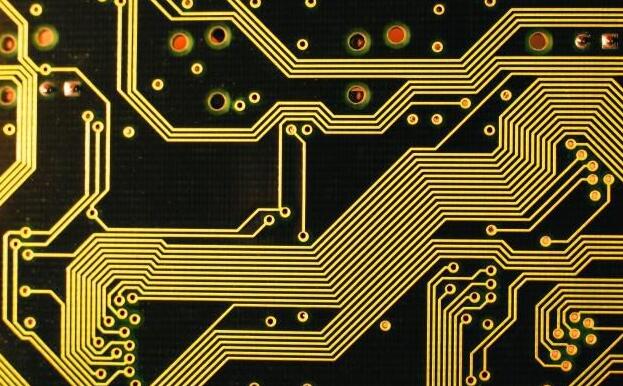How to place the components in the SMT process?
This is a challenge but also an opportunity for PCB factories. If PCB factories are determined to solve the problem of environmental pollution, then FPC flexible circuit board products can be at the forefront of the market, and PCB factories can get opportunities for further development.
Where to put the components?
Smaller components, including chips, are stored in tapes. Through the paper or plastic material tape, the components are embedded in the material tape one by one in the same order, and then rolled into a roll. There are many standard-sized holes on the material belt, these holes can be stuck on the gear of the material conveyor, and the gear carries the material forward little by little.
The material conveyor is called Feida. The name is purely transliterated, Feeder. The original intent was a feeder, a breeder. It vividly expresses the function of this thing: feeding materials to the placement machine.
Feida is neatly arranged at both ends of the placement machine. The robot arm of the placement machine is set in accordance with the program to pick up the components from Feida and place them on the circuit board.

For large-size components or bulk materials that are not woven into tapes, they can also be placed on the pallet, and the robot can also pick up materials from the pallet.
How does the manipulator grab such a small component?
In fact, the robotic arm of the placement machine does not rely on fingers to pick up the components, but by vacuum. There are many nozzles on each arm, and each nozzle can suck up one component. With more suction nozzles, the robotic arm can pick up many components in one movement and place it many times, resulting in higher production efficiency.
Components of different sizes have different suction nozzles. It can be seen from high school physics that under the same pressure, the larger the area, the greater the force. Therefore, the suction nozzle for sucking heavier materials such as chips and connectors must be larger., The suction nozzle for the resistance and capacitance should be smaller, and the suction nozzle for 0201 components needs to be smaller.
The heavier things have greater inertia when they move, so the placement opportunity is divided into several areas. The robot arm in the large component area moves slower, and the small component area moves much faster.
From the principle of picking components in the placement machine, it is not difficult to understand that for pointed components such as pins and thimbles, the materials are shipped with a plastic cover, because they cannot be sucked up without a flat surface. . For components with small openings on the surface such as the USB port, a small piece of high temperature adhesive tape will be attached when leaving the factory. The purpose is to prevent the suction nozzle from leaking.
How does the robot know where to place the components?
In the production materials, there will be a coordinate file indicating the coordinates of each component on the circuit board. Before the on-line placement, the production line engineer will face the production materials and enter the placement information of each component into the operating software of the placement machine.
In this way, the placement machine knows which feeder to get how many components and where to place it on the circuit board.
This process is called programming in the factory. The SMT factory has a dedicated program engineer responsible for entering this information. The programming of a circuit board with hundreds of components takes more than half a day.
The circuit board is sent to the placement machine through a conveyor belt. The components are in the material belt, and they are not tightly stuck, and they will shake. The placement machine must be able to determine the precise position of the circuit board and place the components accurately.
The placement machine uses the camera on the robotic arm to identify the circuit board and components. After each component is picked up, it will be photographed. Through the image recognition of this photo, it can be seen whether it is sucked or not. If it is wrong, the system will automatically post it according to the data on the image. The position of the film is compensated to a certain extent, the movement is biased, and the rotation is crooked. Similarly, the circuit board will also be designed with several mark points, a circular pad. The camera can identify the current position of the circuit board according to the position of the pad, and then find the component according to the coordinates of the component relative to the circuit board. Location.